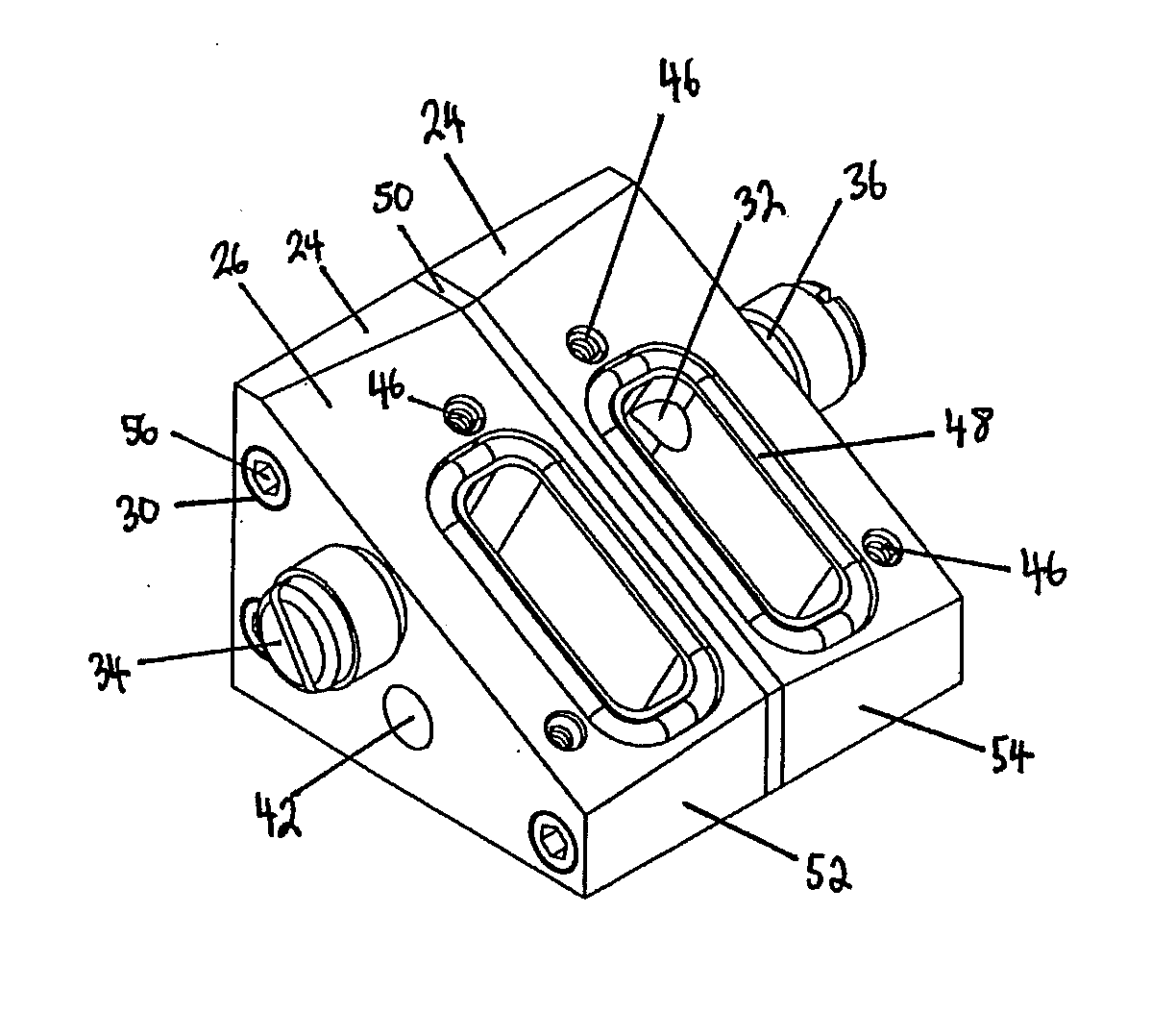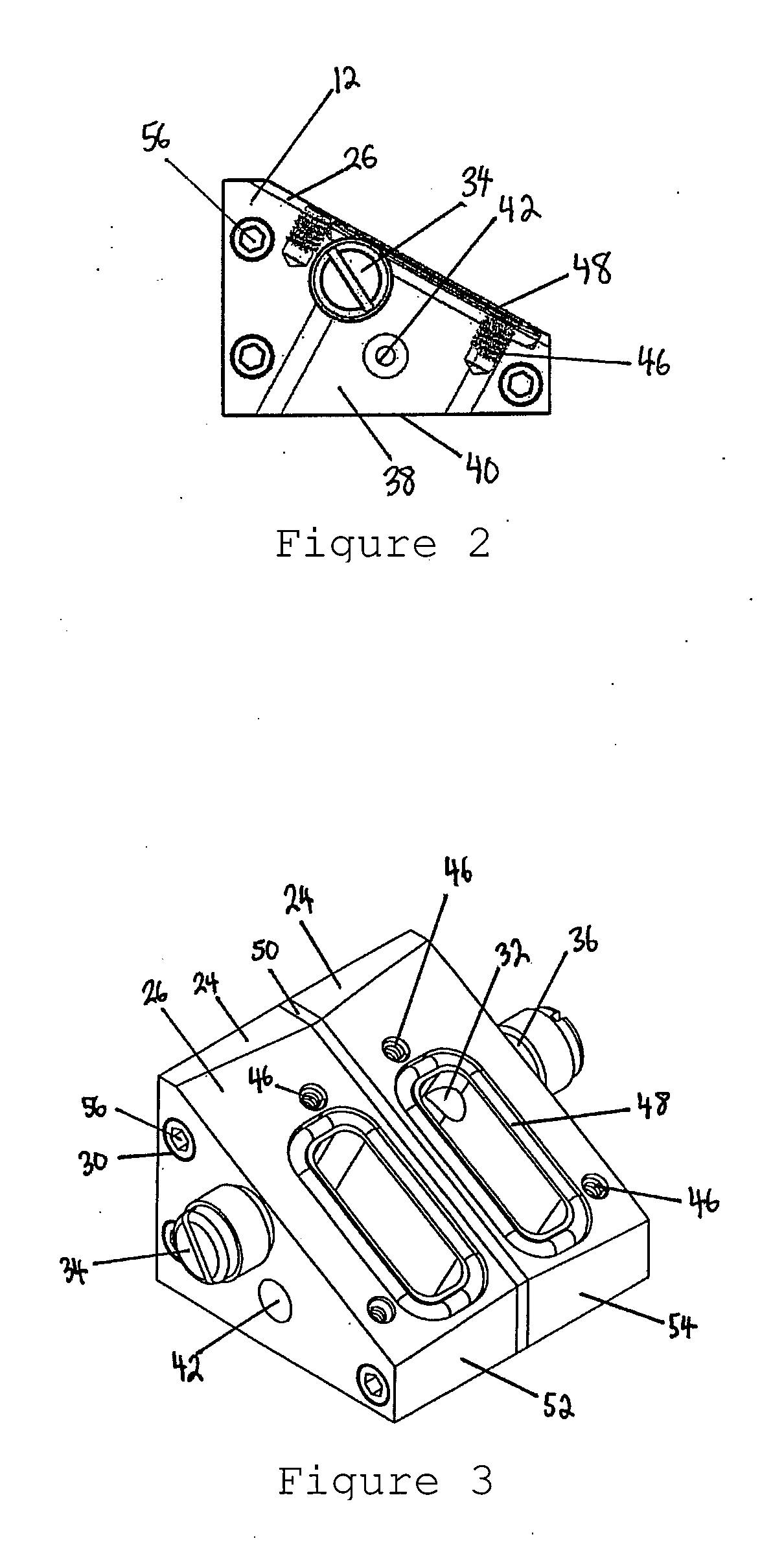Apparatus and method for non-destructive testing using ultrasonic phased array
a phased array and ultrasonic technology, applied in the direction of measurement devices, instruments, specific gravity measurements, etc., can solve the problems of not being able to test each and every element, analyzing items, and not being able to return optimal acoustic energy to the transmitting transducer, etc., to achieve the effect of increasing or decreasing the volume, increasing or decreasing the pressure in the liquid column
- Summary
- Abstract
- Description
- Claims
- Application Information
AI Technical Summary
Benefits of technology
Problems solved by technology
Method used
Image
Examples
Embodiment Construction
[0058]The present invention will be described herein as it relates to the non-destructive testing of high density polyethylene pipes and joints. Those skilled in the art will quickly realize that the techniques and apparatus described herein can also be used for non-destructive testing on a wide range of materials and objects. Thus, the principle target of inspection, high density polyethylene materials, should not be read as a limitation on the applicability of the present invention.
[0059]Referring now to FIG. 1, the wedge 10 is illustrated in its simplest form as a wedge housing 12 that defines a cavity therein. The wedge housing 12 has a base 14, a front side 16, a first side 18, a second side 20, a back side 22, a top surface 24, and a ramp surface 26 that spans between the front side 16 and the top surface 24. The ramp surface 26 defines a top opening 28 generally in a rectangle with rounded corners shape that provides access to the interior of the wedge 10.
[0060]The first side...
PUM
| Property | Measurement | Unit |
|---|---|---|
| center frequencies | aaaaa | aaaaa |
| angle | aaaaa | aaaaa |
| angle | aaaaa | aaaaa |
Abstract
Description
Claims
Application Information
 Login to View More
Login to View More - R&D
- Intellectual Property
- Life Sciences
- Materials
- Tech Scout
- Unparalleled Data Quality
- Higher Quality Content
- 60% Fewer Hallucinations
Browse by: Latest US Patents, China's latest patents, Technical Efficacy Thesaurus, Application Domain, Technology Topic, Popular Technical Reports.
© 2025 PatSnap. All rights reserved.Legal|Privacy policy|Modern Slavery Act Transparency Statement|Sitemap|About US| Contact US: help@patsnap.com



